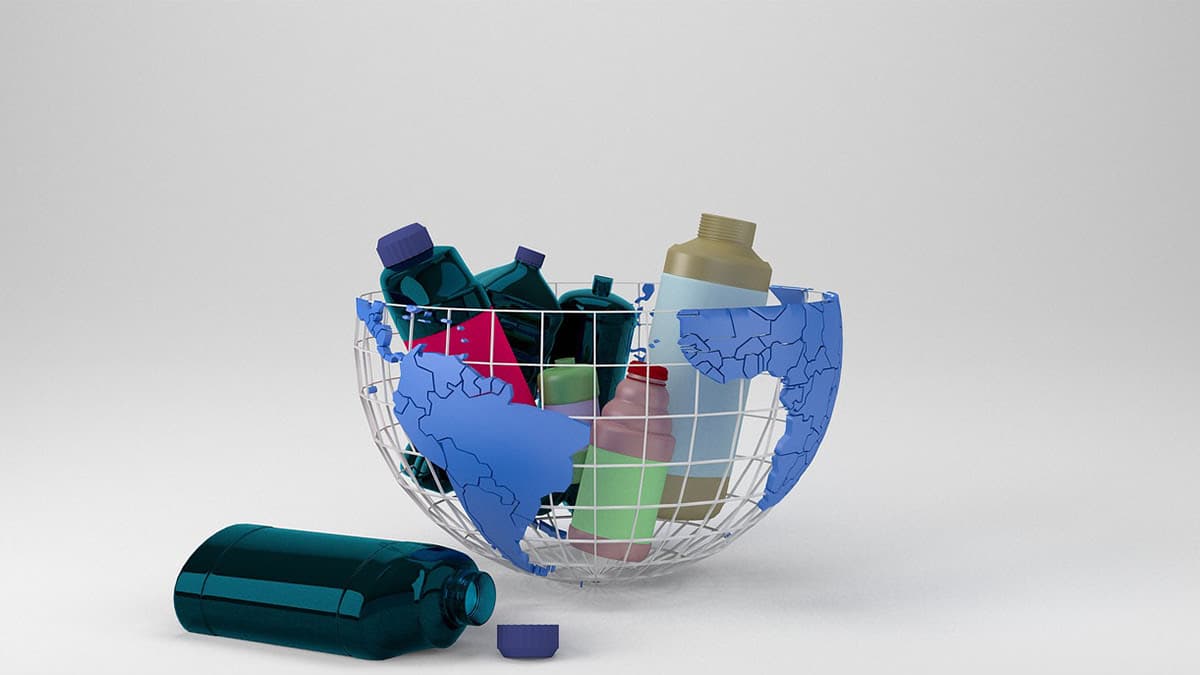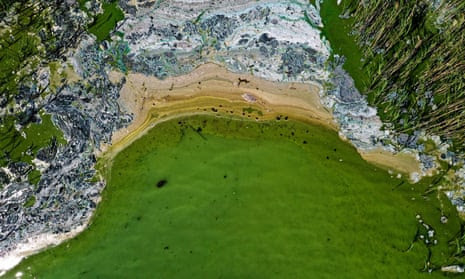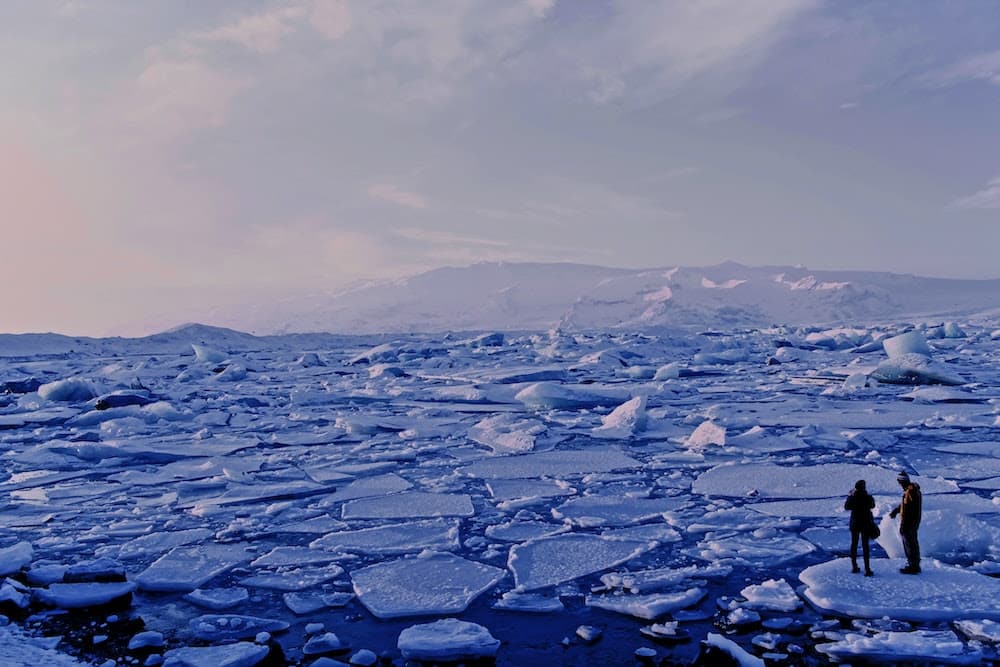
Plastic was invented at the beginning of the XXᵉ century by an extraordinary researcher. In 1907, Léo Baekeland, a Belgian chemist based in the United States, invented a petroleum-based resin to which he gave his name “bakelite”, which had the property of not melting under the effect of a flame. But it wasn’t until the end of the Second World War that plastic came to dominate the market.
The 50s marked the beginning of mass consumption and the triumph of plastic, from tableware to containers to furniture. Plastic replaced glass milk bottles and yogurt cartons, and the press celebrated the era of all-plastic packaging, which could be thrown away after use.

One American brand symbolizes the rise of plastic in the kitchen: Tupperware, which enabled millions of housewives around the world to preserve food and consume differently thanks to plastic. Even today, the omnipresence of plastic can be found in every room of the house, whether in the kitchen, bathroom or children’s bedroom.
Yet plastic has now become very bulky because when it is thrown away, only 20% is recovered to be transformed into new objects such as watering cans or pens. For plastic that is not recycled, solutions are beginning to emerge, such as the one proposed by an Irish factory that converts plastic waste into fuel. But for the majority of plastics, end-of-life remains a problem, even if some are incinerated or buried in landfill sites.
The persistent danger to the environment is that millions of pieces of plastic waste are left behind and will take centuries to disappear. By way of comparison, a tissue takes three months to disintegrate in nature, an aluminium can eighty years, a plastic bag five hundred years and a water bottle a thousand years.

The sea is where plastic pollution does the most damage, and without going very far from the coast, along the beaches of Marseille, for example, volunteers regularly have to pick up plastic waste, even though the beaches are also visited by municipal clean-up teams.
All kinds of waste are found, from corks to toys, straws and bags. The Surf Rider Foundation is an NGO that campaigns to protect the coastline. One of its representatives explains that around 80% of the garbage that ends up on the beach was not deposited there, but arrived via the ocean. In one hour, the Marseille team will have collected a cubic meter of waste but will have to repeat the operation in a few weeks’ time, as the sea continues to carry waste.
Around 10% of the plastics produced end up in the oceans, all from land. Carried by rivers and streams, they join the ocean and the millions of other pieces of plastic waste, which then begin to fragment. Their concentration can reach considerable sizes, such as the mass that has formed in the middle of the Pacific, the size of a faith and a half of France, and most of the world’s seas are affected by this phenomenon.




